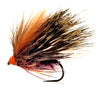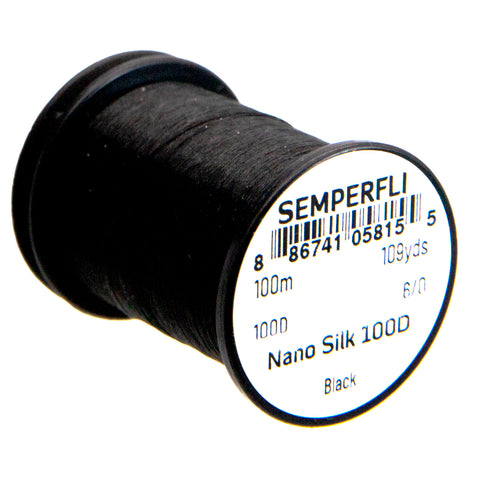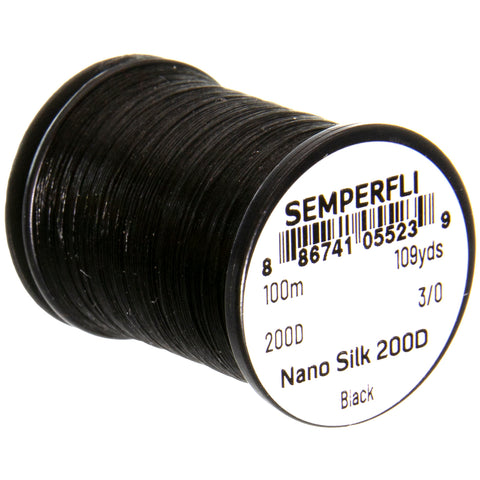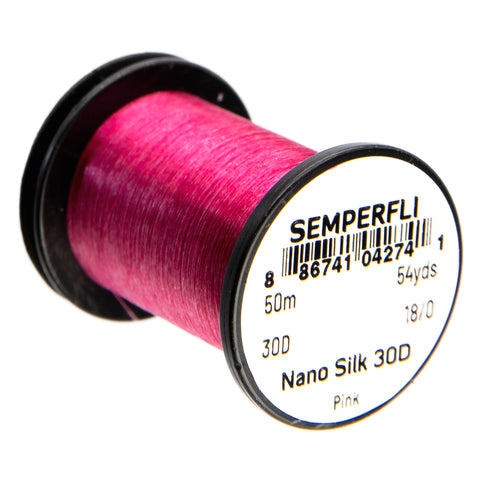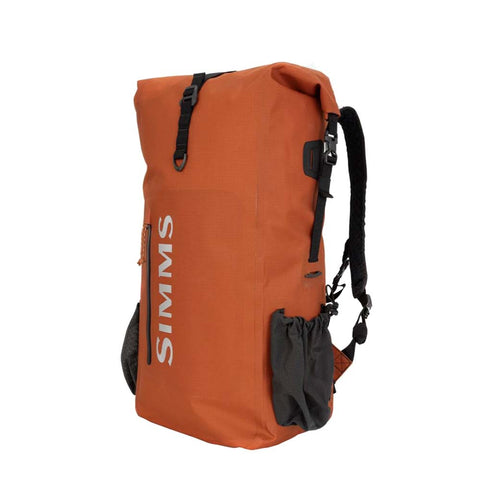Bassano's Spinner Dry Flies - Black
The Black Spinner must surely be the most popular dry fly for polaroiding on Tasmanian lakes. If not, it should be. The fly is fine and as the name suggests, black – two things that help the fly to get eaten in tough, bright conditions. Along with the “Spun”, I am not sure that I need another fly when polaroiding in Tasmania. This Black Spinner is designed to sit correctly every time it lands and is deliberately tied ‘sparse’ to remove unnecessary material. This gives the fly a much finer, more lifelike profile and less reason for the fish to refuse it. It also means that the fly does not float as well as many dry flies as it does not have the capacity to hold floatant very well. It is specifically designed to float long enough to remain on the surface for enough time for the fish to cruise over and eat it. It is not designed for rough weather or blind fishing.
Gaining drag free drifts on rivers will ensure that the fly remains dry and is eaten with gusto. Fish it along any high banks or when the winds are light and the natural spinners are coming out over the water.
This fly can be seen being eaten throughout the ‘Polaroiding’ segments of the “Tasmanian Fly Fishing Techniques” DVD’s. During the ‘Boat Polaroiding” segment, you will even see this fly eaten by a cruising fish after it has sunk. I do not suggest that this is a good way to fish the fly but certainly proves how effective it can be.
The fly must be fished by itself on a long leader and not in a team. Aim at the fish and cast with a delicate presentation. As is the case with the Orange Spinner, the Black Spinner should be used on any waterway that contains mayflies. There are far too many to mention. One of the beauties of this fly is that you do not have to see the natural black spinners in order to tie it on. All you have to do is see the fish and during the summer and autumn months, it is rarely refused. You can’t have too many of these in your box. Barbless.
Available in sizes 10 & 12
Sold in lots of 6

